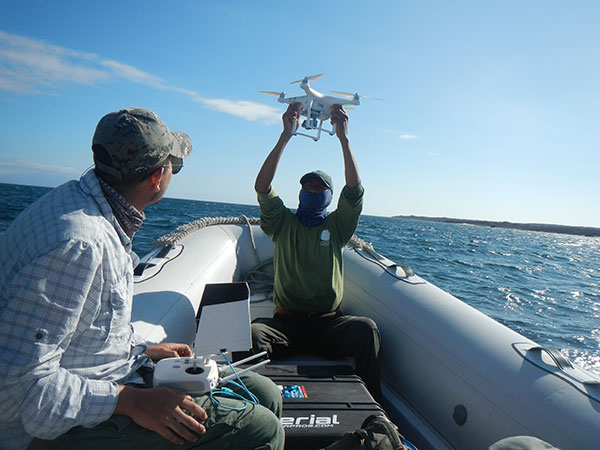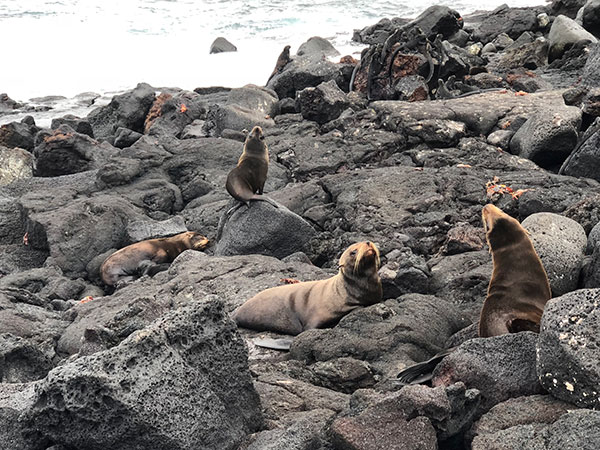Population Trends
Assessing the population status of endangered Galapagos pinnipeds to facilitate their conservation
There exists a great concern about the future of the endemic Galapagos pinnipeds, which have undergone a population decrease of around 50% during the last 40 years. The Galapagos sea lion and Galapagos fur seal were listed as an endangered species under the IUCN in 2008. Information on population status of these species are limited and hampers developing appropriate management strategies. Many aspects of the species’ breeding ecology are unique and make accurate assessment of populations trends challenging. From the beginning of the 80´s it has been recognized that El Niño event has an important effect on the Galapagos pinnipeds population dynamics, consisting generally in drastic population decline.


Each year, during the breeding season, we conduct direct counting methods and alternative techniques (drones) to determine population status. Annual monitoring of the population abundance provides critical scientific information needed to advise management decisions for conservation of these species. Measuring vital rates is critical for evaluating the health of the Galapagos sea lion and Galapagos fur seal populations. The data are used in stock assessments and models of population growth.
For Galapagos sea lions we also use mark-recapture techniques to estimate vital rates of the population. Each year, we mark about 1% of the pups born at San Cristóbal Island with flipper tags, then we observed the marked animals during subsequent years and create information for describe how vital rates are affected by changes in the ocean environment.
